Food Waste
In 2019, 35% of food in the U.S. was wasted, according to ReFED, a national non-profit organization aiming to reduce food waste. That is roughly 54 million tons of edible food or 90 billion meals wasted in the U.S. According to the Food and Agriculture Organization (FAO) and the UN Environment Program (UNEP), one third of food produced globally is wasted.
The Department of Agriculture’s Economic Research Service defines food waste as “the edible amount of food, postharvest, that is available for human consumption but is not consumed for any reason.”
Around campus, the issue of food waste has started to catch the attention of students. In a casual survey of 818 students conducted by The Muse in November, on a scale from one to five ranking food waste at Dreyfoos, one being a minor issue and five being a major issue, 44.6% of students ranked food waste as a three, 28.9% of students as a four, and 11.1% of students as a five. While eating lunch outside Building 7, band senior Alexei Roof noticed uneaten food littering the ground and being tossed away.
“Oftentimes there’s unwanted food left in disregard,” Roof said. “We have access to this food, and some of it is actually healthy food like these fruits and vegetables offered. Some people in the United States, and around the world, live in food deserts, and sometimes school is the only time they get to eat.”
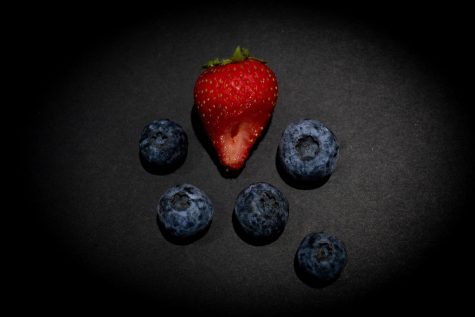
The Food of The Day
The cafeteria has a “cycle menu,” which is the same menu that starts over every three weeks. After the first few weeks of school, the amount of students getting food from the cafeteria was steady.
This system helped school food service manager Amy Kelso and the rest of the cafe staff estimate how much food to order and cook. Kelso said the cafe staff spends roughly $6,000 a week on food and estimates they serve over 500 meals for students on campus and 300 meals for the charter schools, Connections Academy and the Academy for Positive Learning, per day. If Kelso thinks a product will expire before they can use it, she will offer it to the other schools.
“(With the cycle menu,) we get an idea of what students like more or less and about how much we go through each day,” Kelso said. “We try to keep food waste in the kitchen as minimal as possible so we have less to toss out. I go by those numbers consistently to determine how much to cook and order. I work closely with the cook and the staff and the team here to make sure our numbers are as perfect as they can be.”
Event Planning
For organizers of larger school events, SGA sponsor Sarah Ray bases how much food to order on the number of students attending the event. For example, if there are 800 students and Ms. Ray estimates each student eats two slices of pizza, that is 1600 slices and 200 pizzas. If there is any leftover food after an event, it gets donated to the students who are there or to staff that have donated their time. However, Ms. Ray takes notice of the food waste of students. One event she noticed food being wasted was at the Fall Festival.
“When we passed out all of the candy, there was a lot of candy left in the stands because it was free, so kids didn’t care about it,” Ms. Ray said.
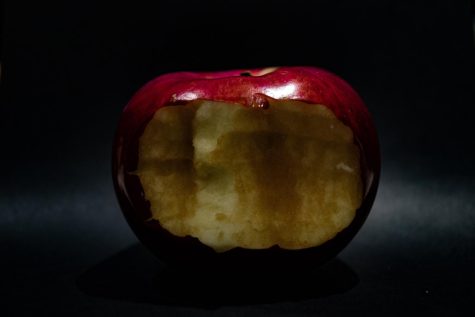
The Local Issue
According to the United States Census Bureau in 2021, 12% of people in Palm Beach County live in poverty. In comparison, on campus, 20% of students qualify for the Free Lunch Program and another 4% qualify for the Reduced-Price Lunch Program, according to U.S. News. This equates to around 24% of the student body being economically disadvantaged.
Vocal junior Rebecca Lesser noticed that students suffer from food insecurity. This year, Lesser created the Fighting Food Insecurity Club.
“I think (food waste) is something that is very deeply rooted in our culture because we don’t understand the importance of food and that some people don’t have access to it,” Lesser said. “I think it is a lack of appreciation for what we have.”
Environmental Impacts
Food waste also has environmental impacts. According to the Natural Resources Defense Council, 21% of the US agricultural water usage, 19% of all US croplands, 21% of US landfill content, 18% of all farming fertilizers, and $218 billion of all the resources used to create food are wasted every year.
“Occasionally I walk around campus after lunch to get some fresh air during my planning period,” science teacher Elyce Hill said. “There is always food from student lunches left on the ground and tables, as well as their trash. It takes a lot of resources to get food to the point where it is on someone’s plate, including energy, water, labor, and land use. The USDA estimates that 30 to 40% of the food supply ends up as food waste. That comes with high monetary costs and environmental impacts.”
According to the Global Food Banking Network, when wasted food decomposes in landfills, it contributes eight to 10% of the world’s greenhouse gasses. In fact, according to the Natural Resources Defense Council, food waste produces more greenhouse gas emissions than 37 million cars.
“We don’t have the capability to keep producing this much food the way we are long term,” Lesser said. “There’s already been enough problems with a lot of fossil fuels being created in the food and farming industry.”
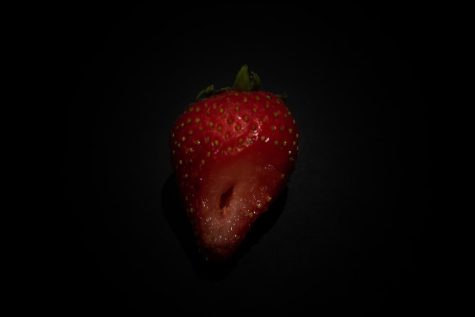
Fighting Food Waste
There are ways the student body can help prevent food waste. For example, one way is students only taking what they will eat from the cafeteria. According to ReFED, 70% of food waste is at the food service level, meaning food is wasted due to customers not eating everything they are served.
“There are tendencies at Dreyfoos to grab the fruit or juice that’s required for you to grab and throw it in the trash, or leave it out for the janitors to clean up,” Roof said. “(If) you open the trash can and look inside, you see old fruits or juice boxes or whatever is not the main course just tossed aside.”
Instead of throwing out unwanted food, students can utilize the “sharing bin,” which is located outside the lunch line. Here, students can place the food they do not plan on eating in a box where other students can access it. Production assistant of the cafe staff Monica Walker wishes that students were aware of the sharing bin and utilized it more.
“If you know you’re just going to get a juice, check the sharing bin instead of walking through the line and getting a whole meal,” Walker said. “We need to reinitiate (the sharing bin) and put up some more signs, something flashy and colorful.”
According to the Global Food Banking Network (GFN), the world’s three largest food bank networks, European Food Banks Federation (FEBA), Feeding America, and GFN, have similarly collected food that will not be eaten. In 2019, these networks recovered 3.75 million metric tons of food. In addition to utilizing the sharing bin, students and teachers can spread the message and educate others on food waste. There are also opportunities around school such as joining the Fighting Food Insecurity Club — or other clubs, such as BSU, which hosts food drives throughout the year. NHS also provides students with lists of food drives around Palm Beach County. If you are interested in donating food, visit https://www.pbcfoodbank.org/.

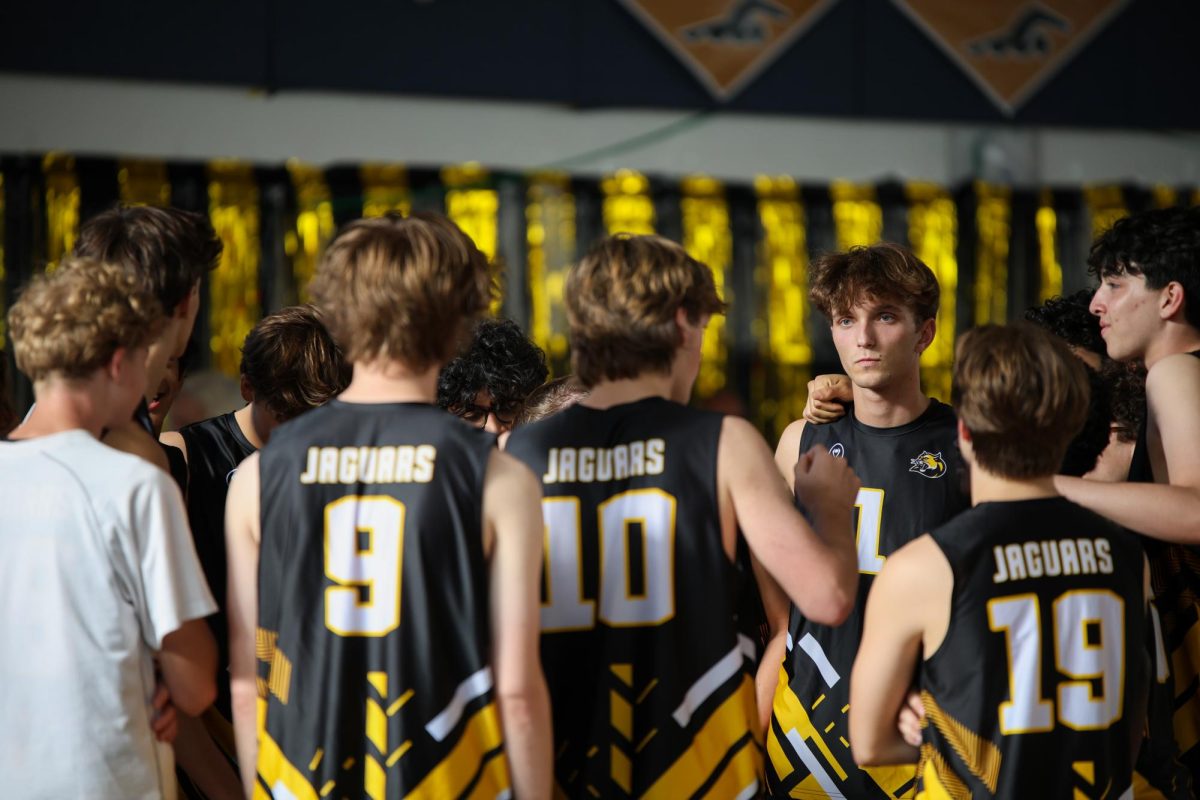
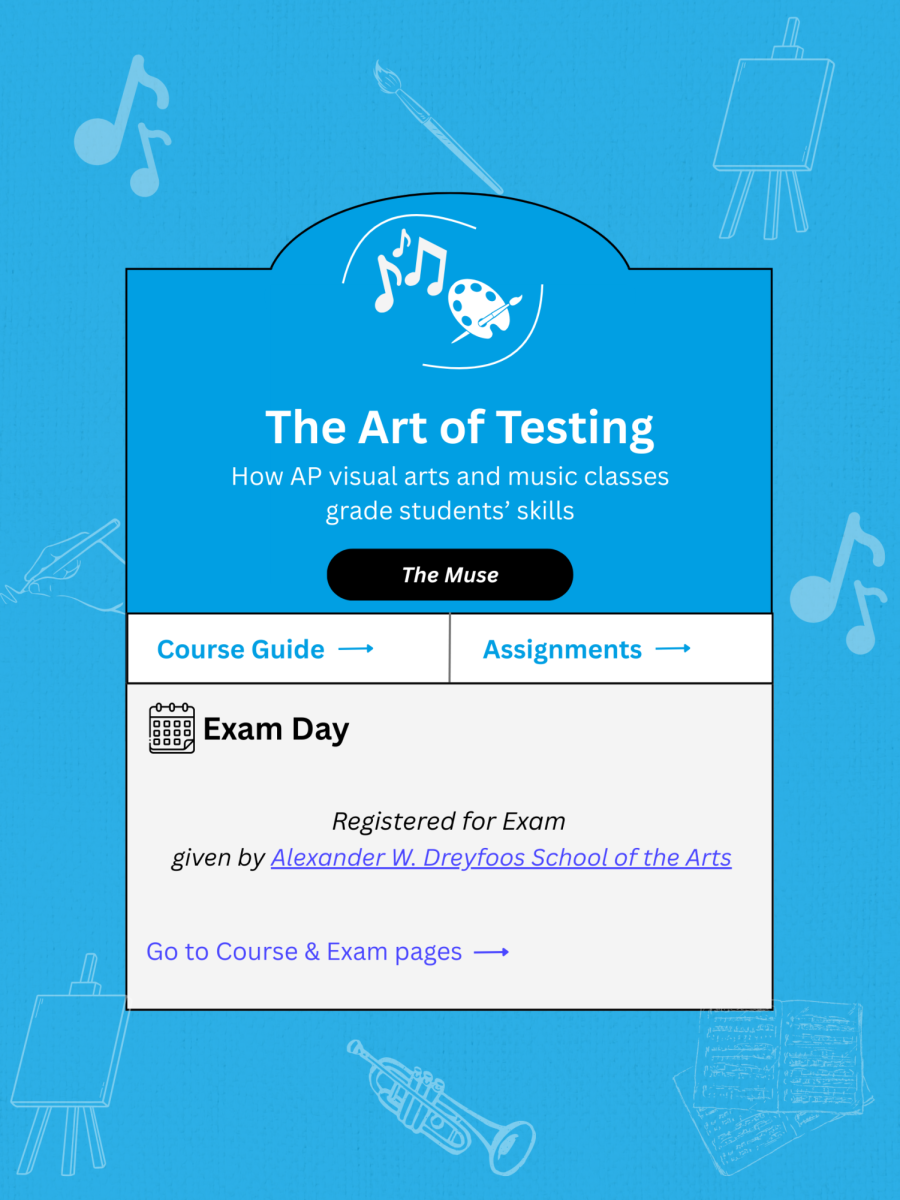


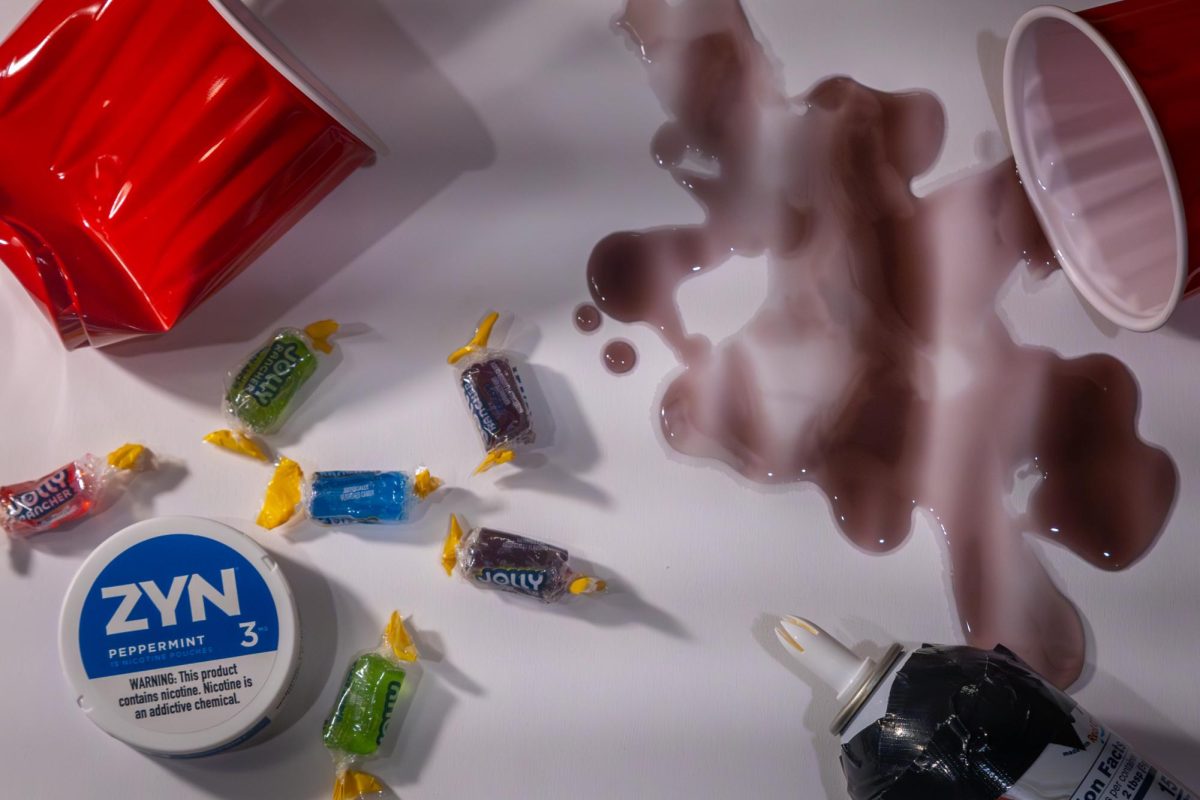
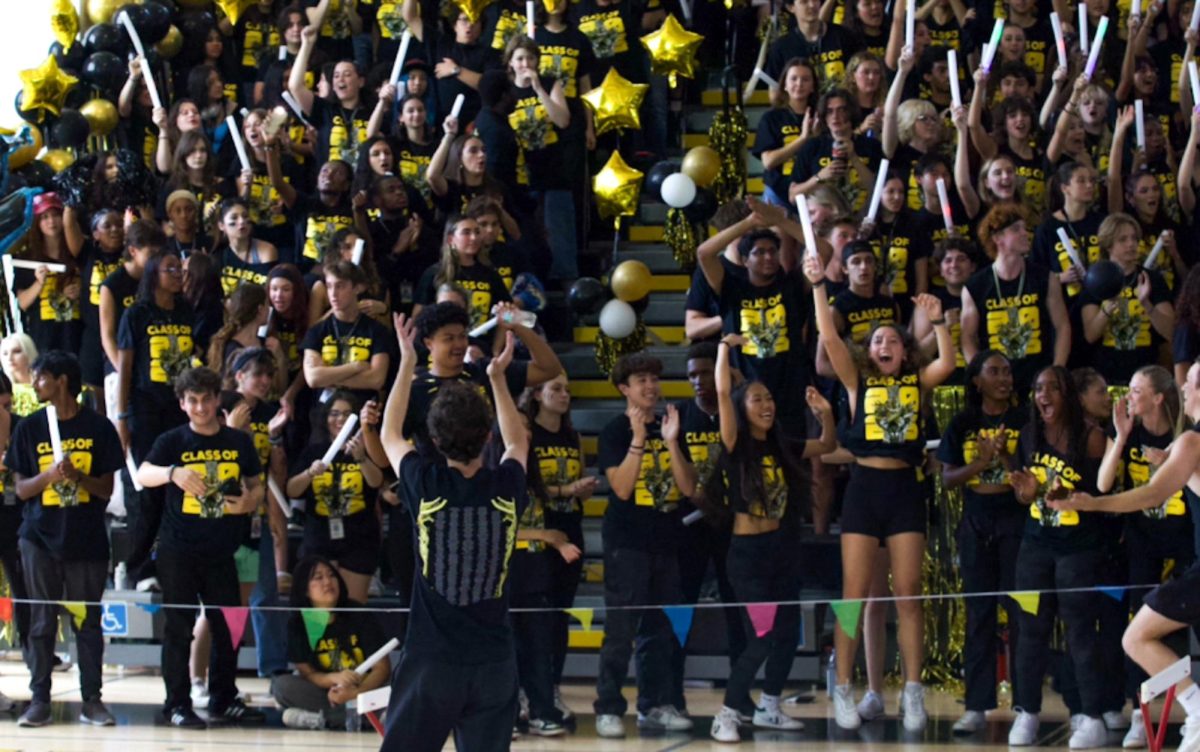


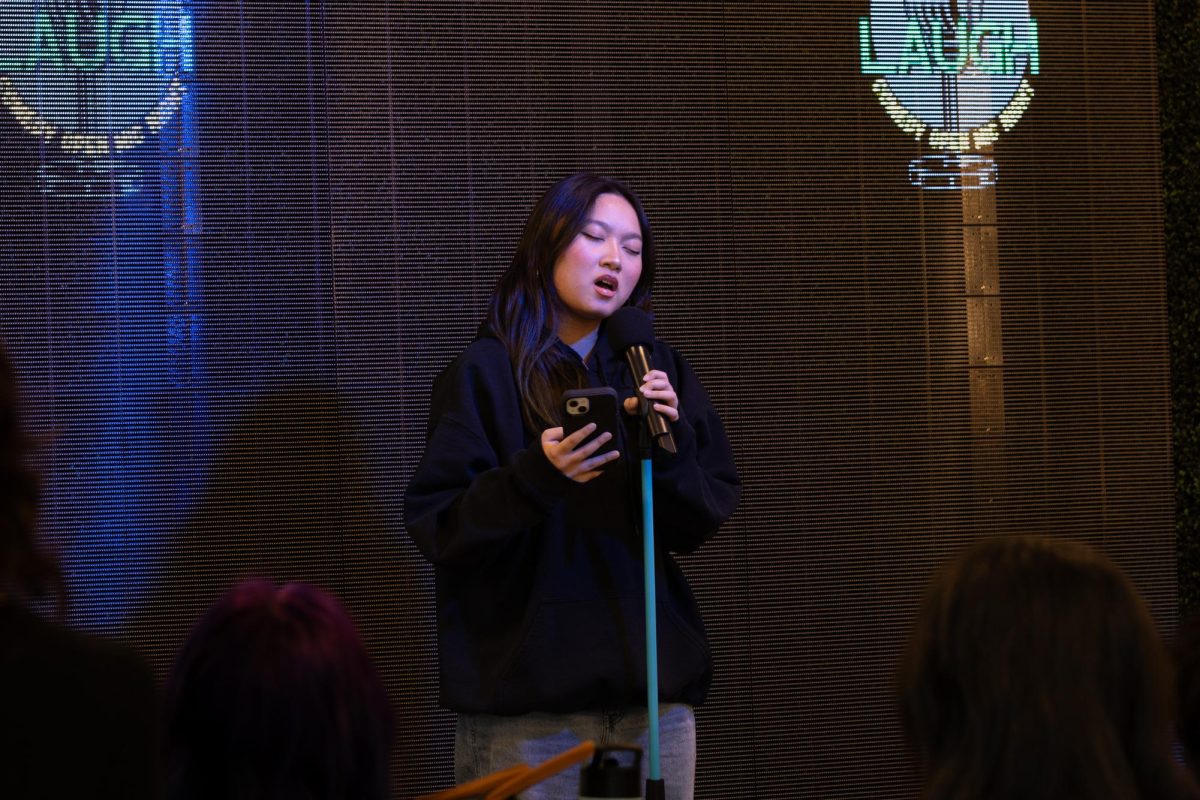

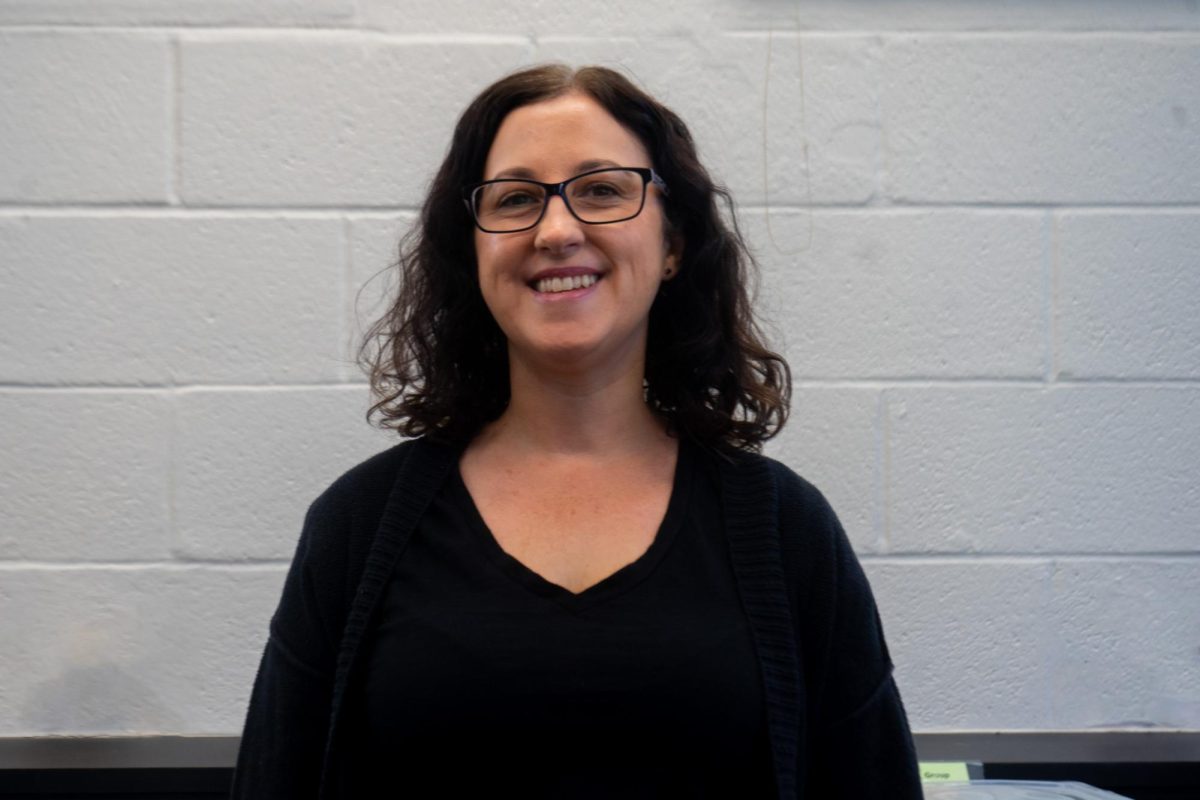
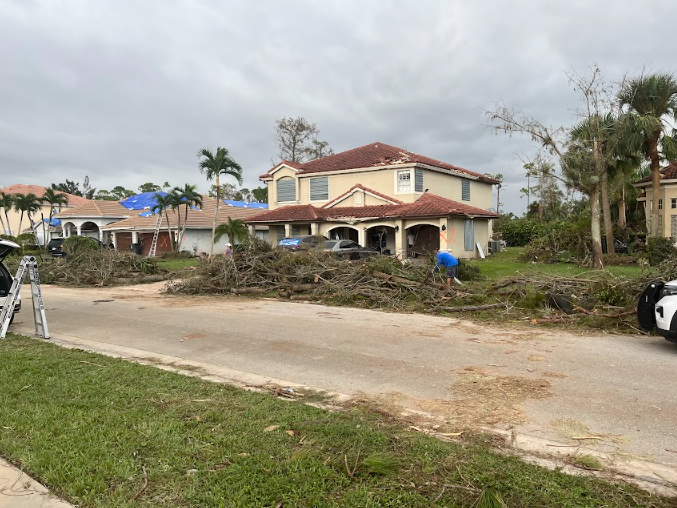




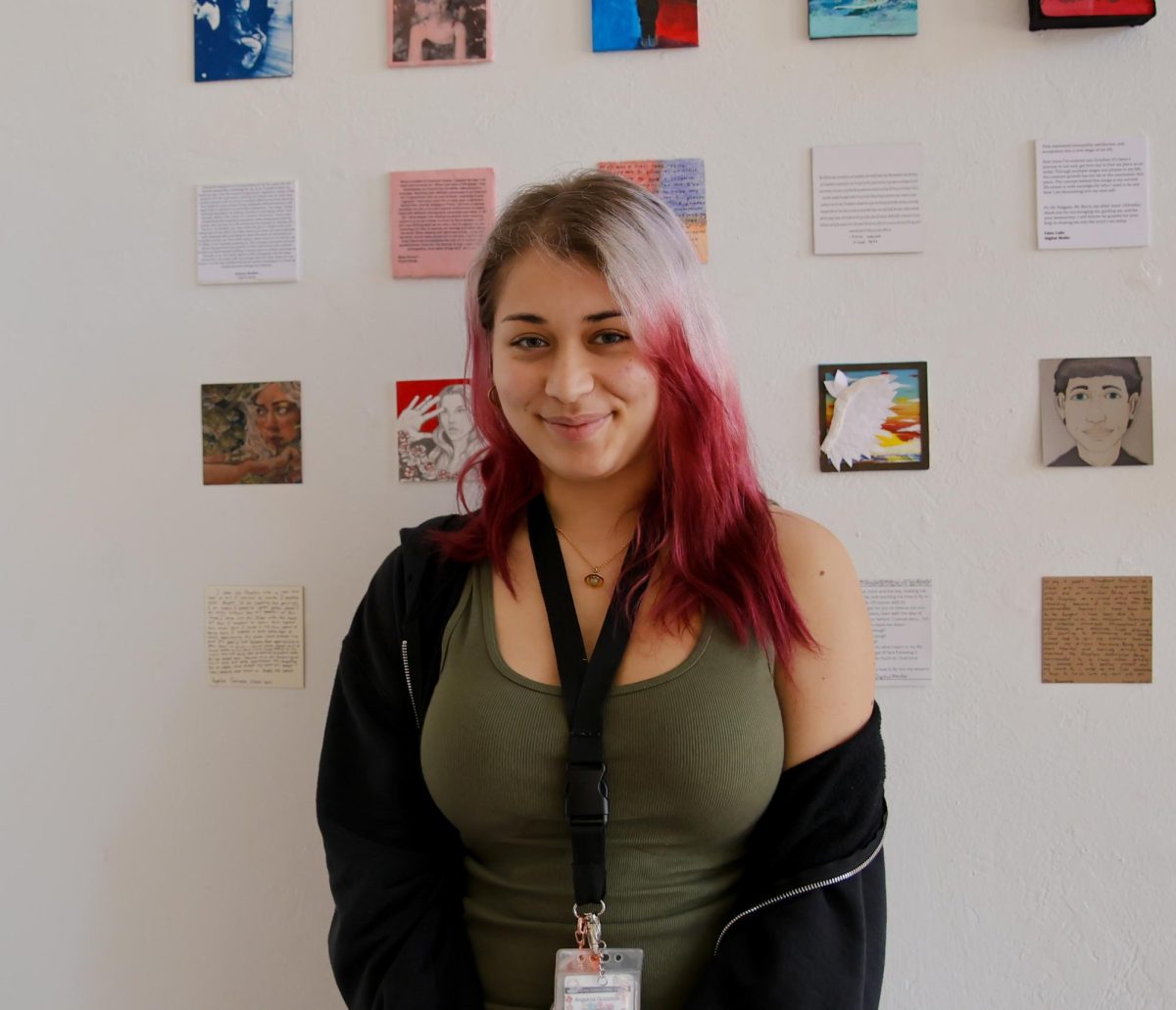




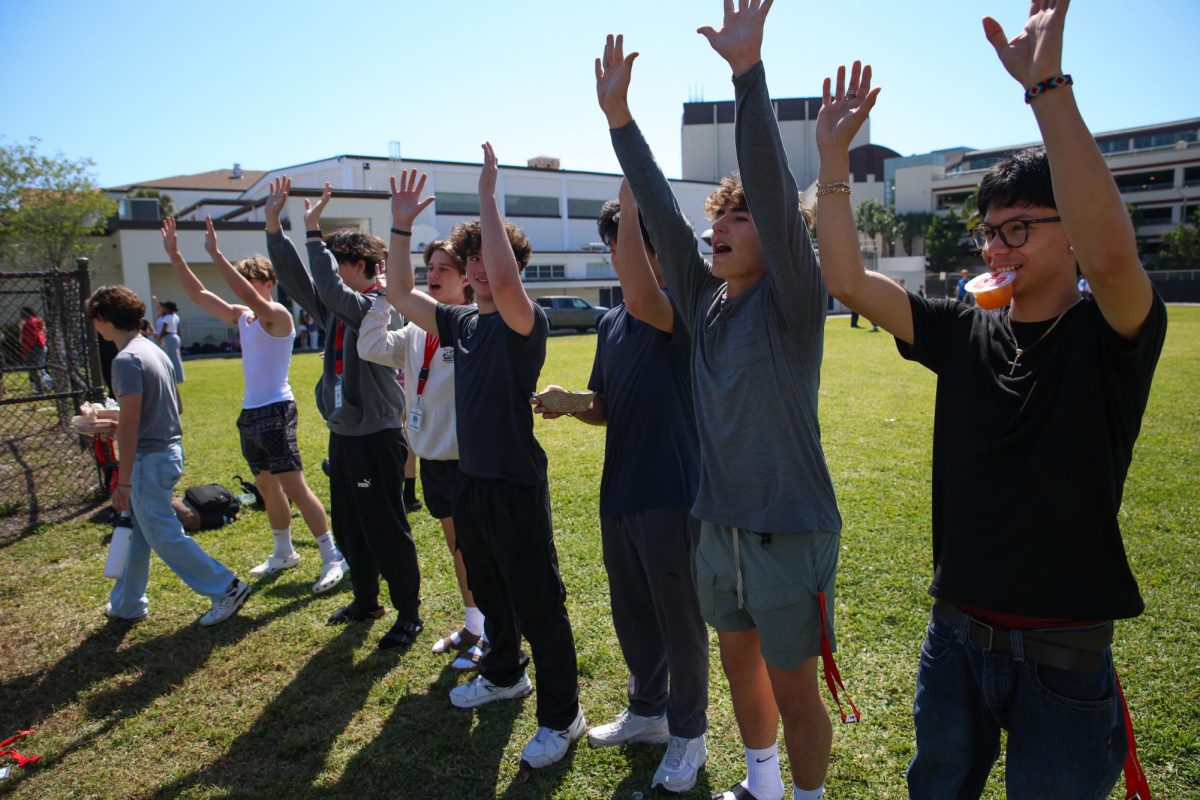
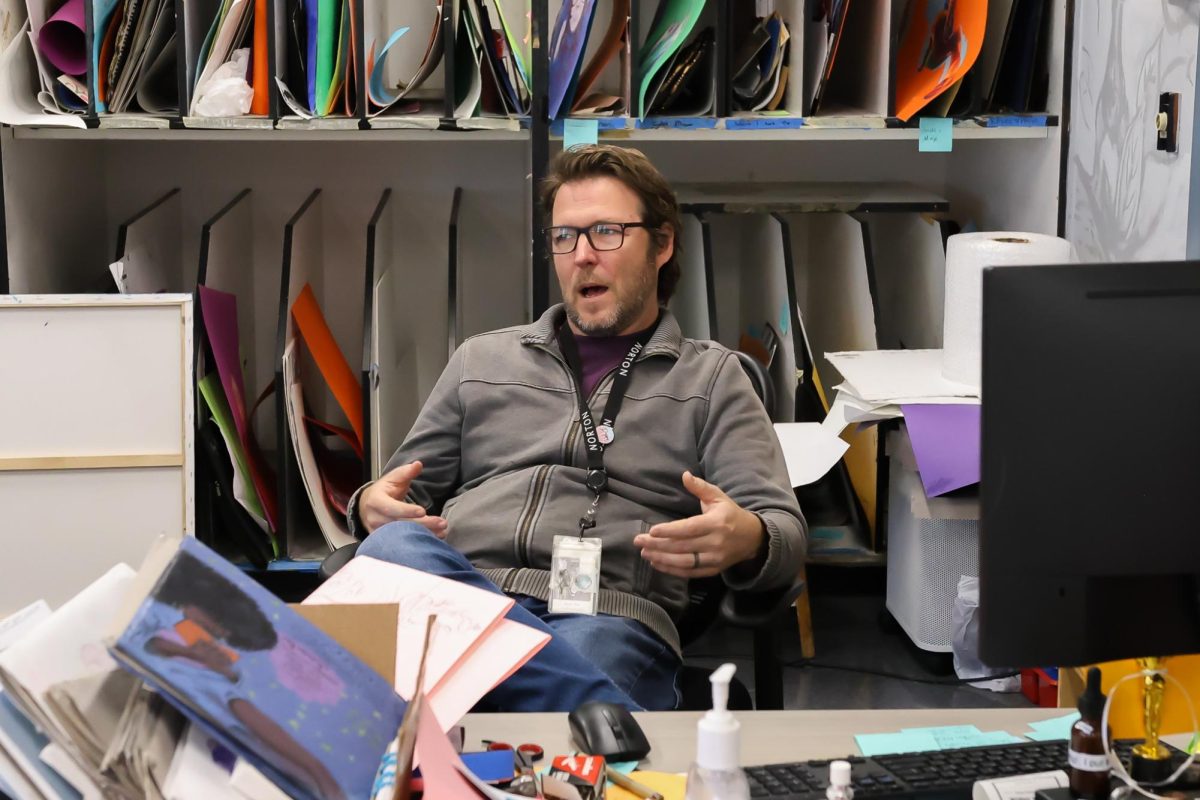

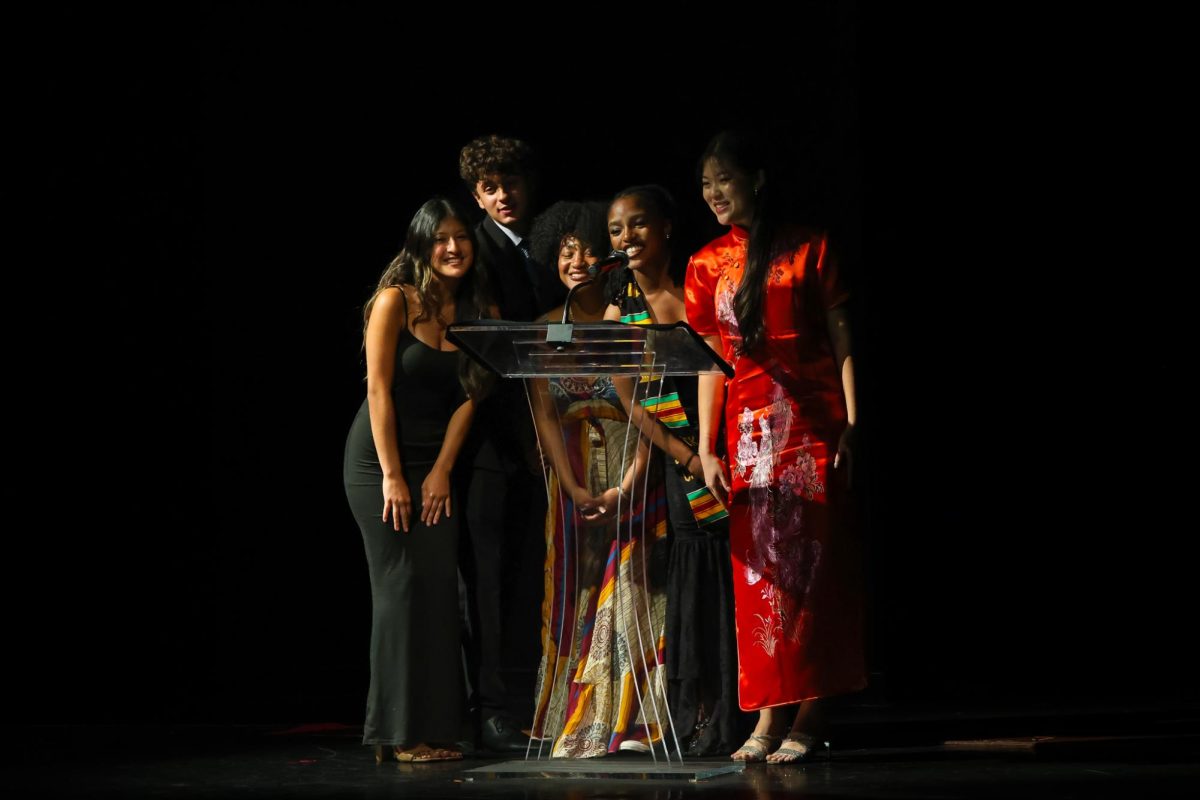




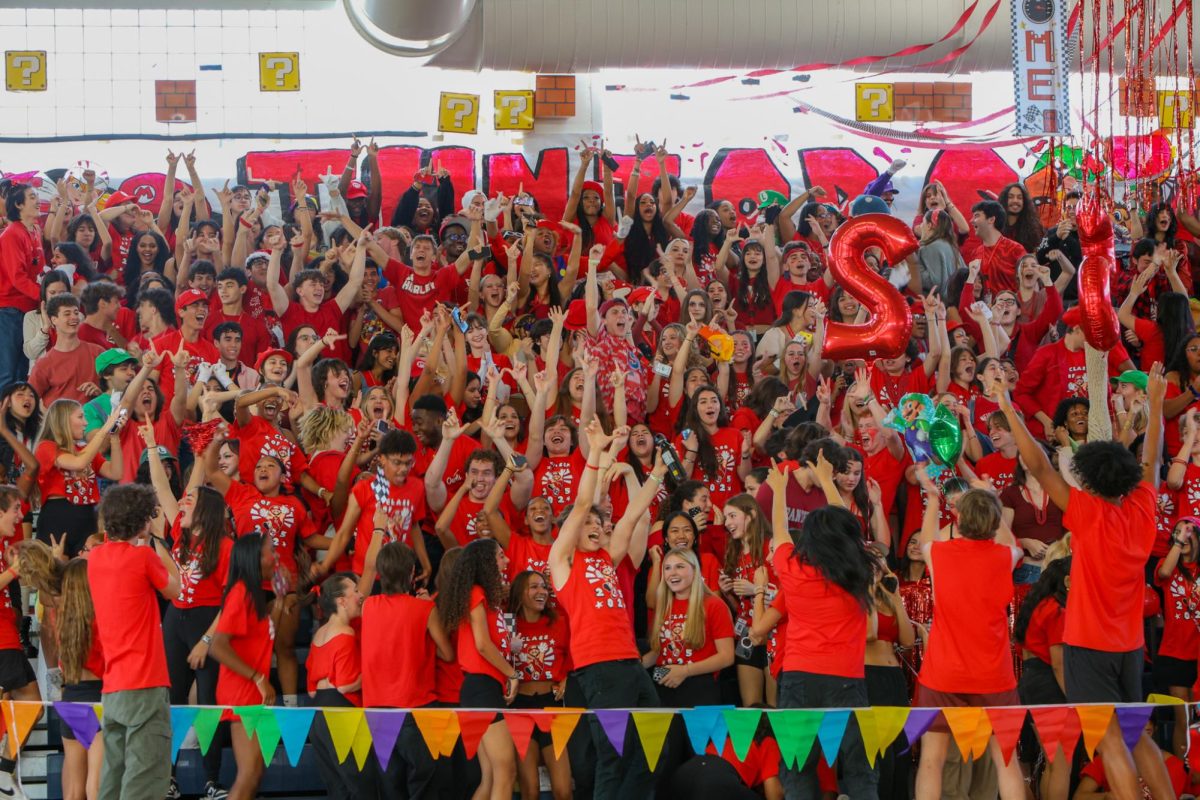






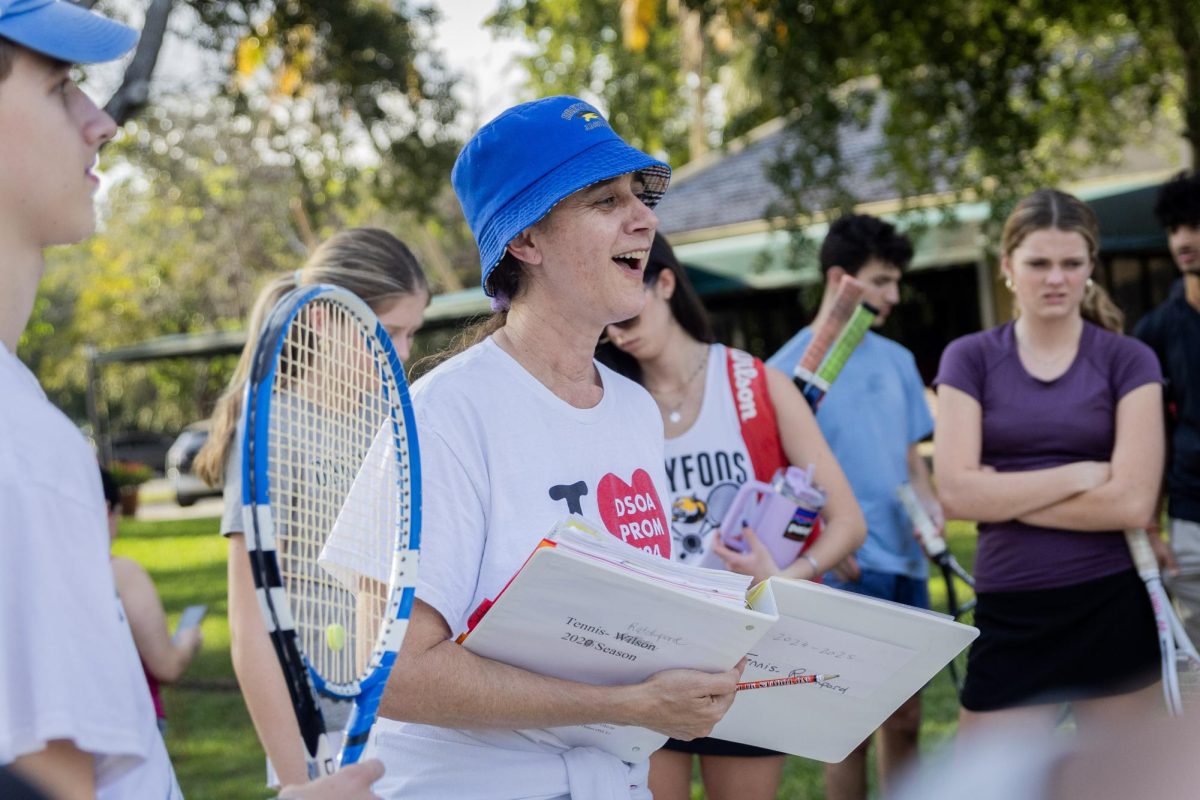


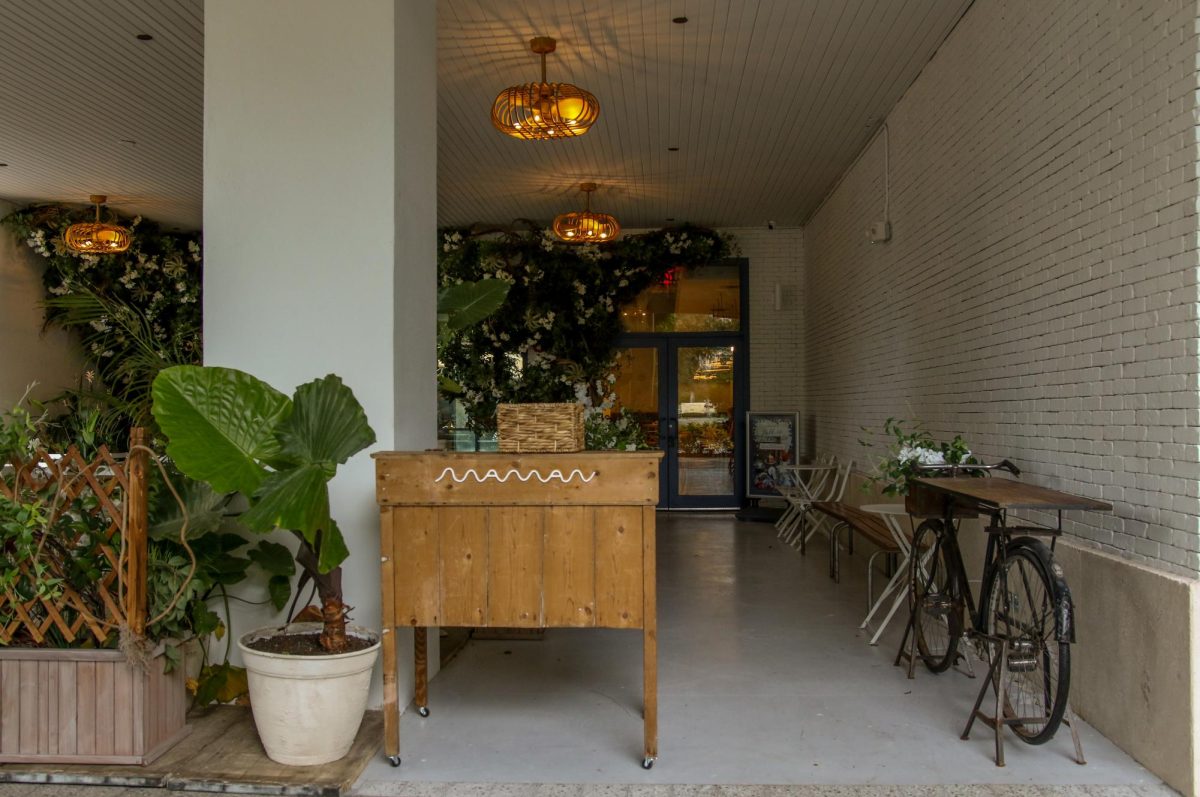






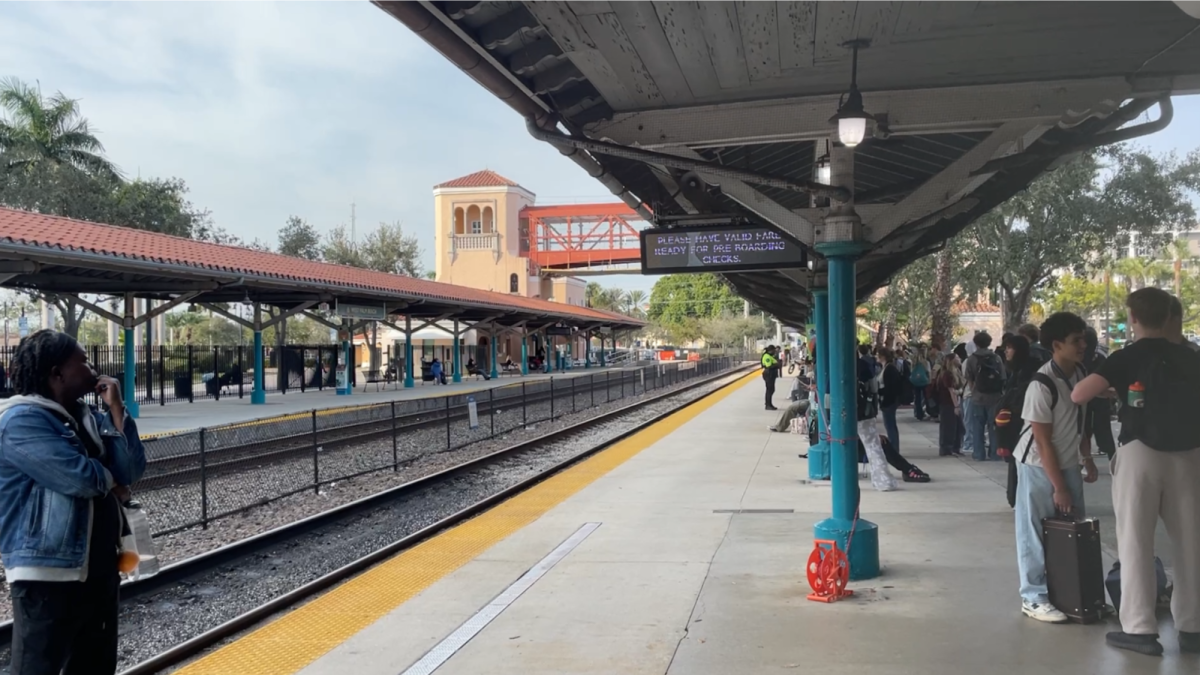


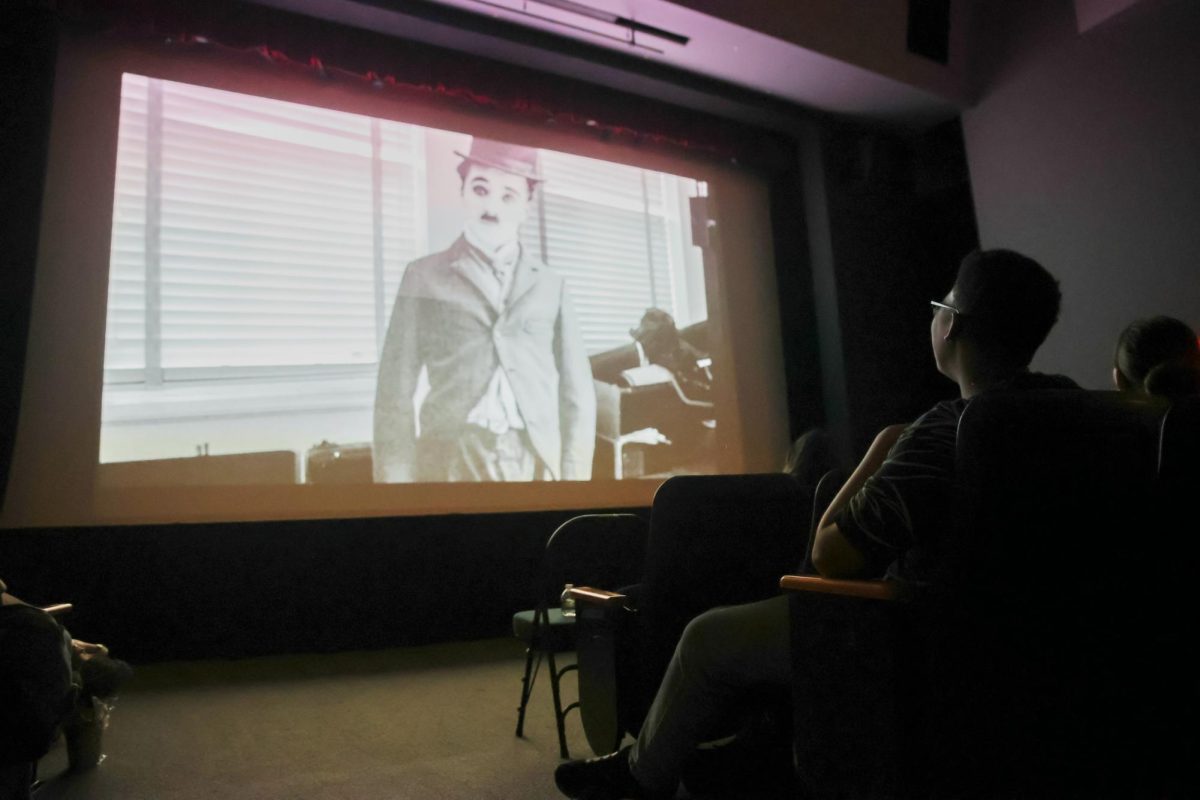
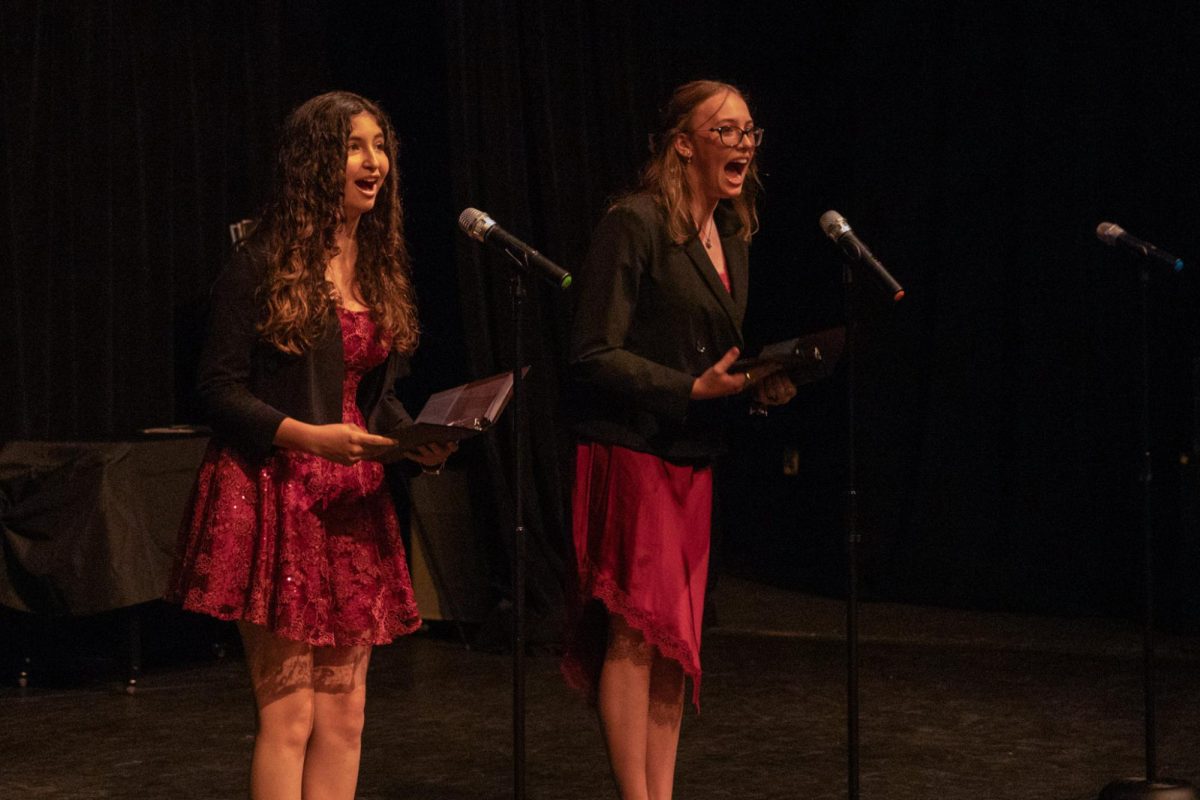
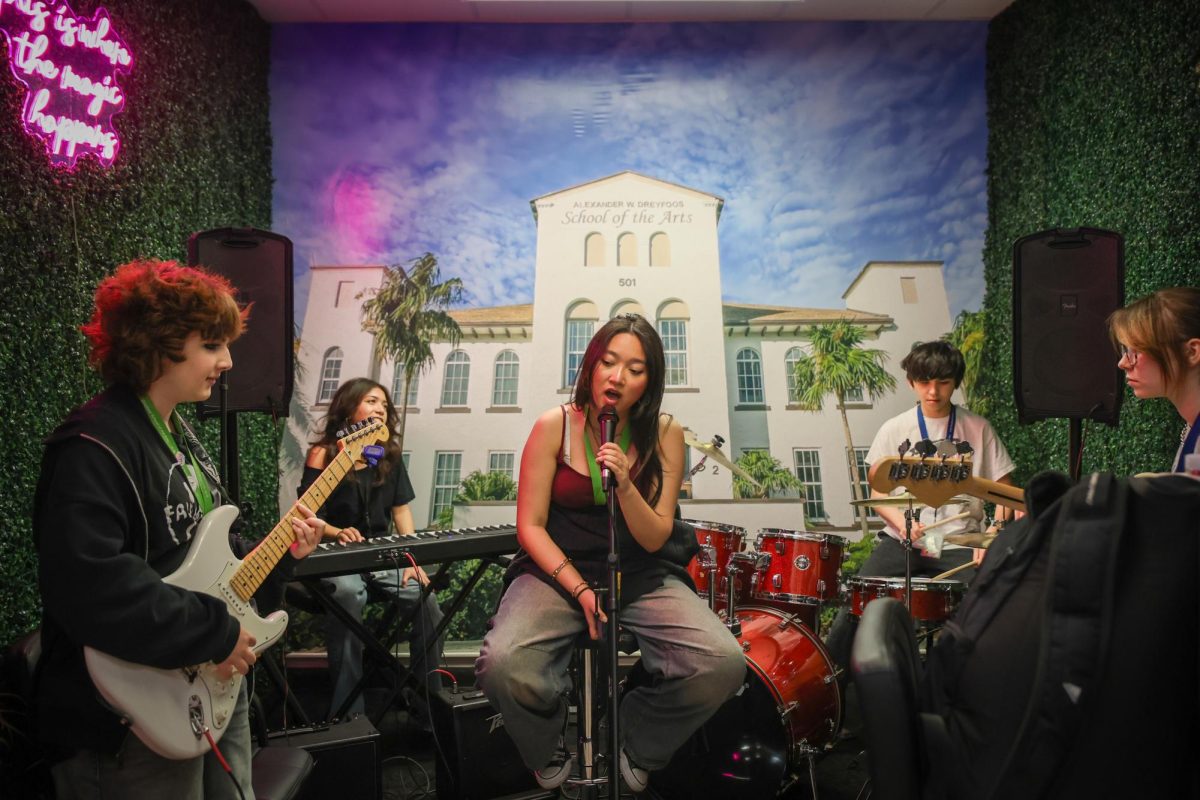




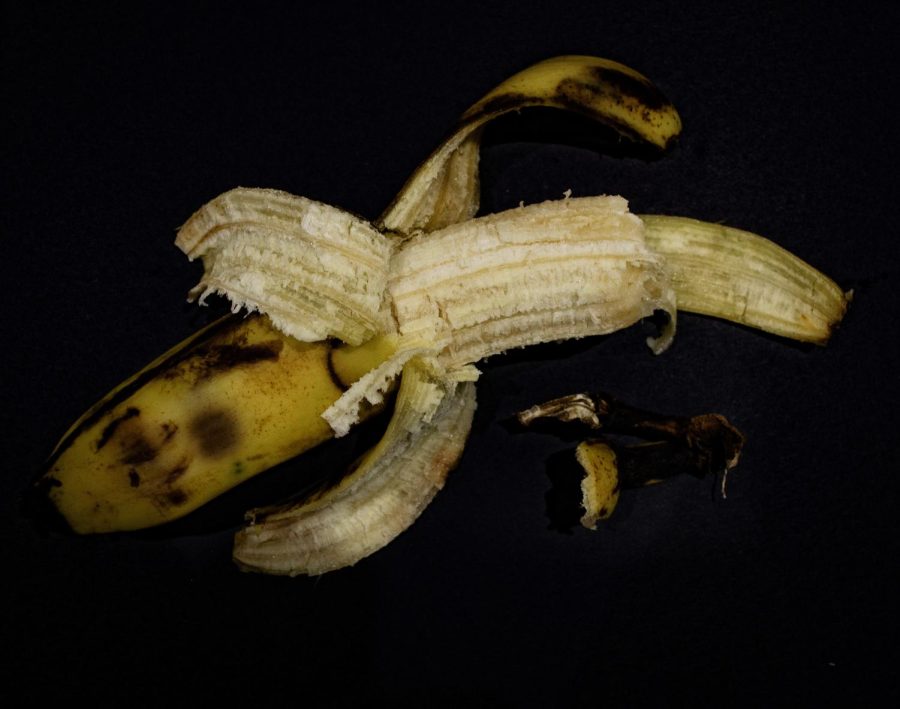
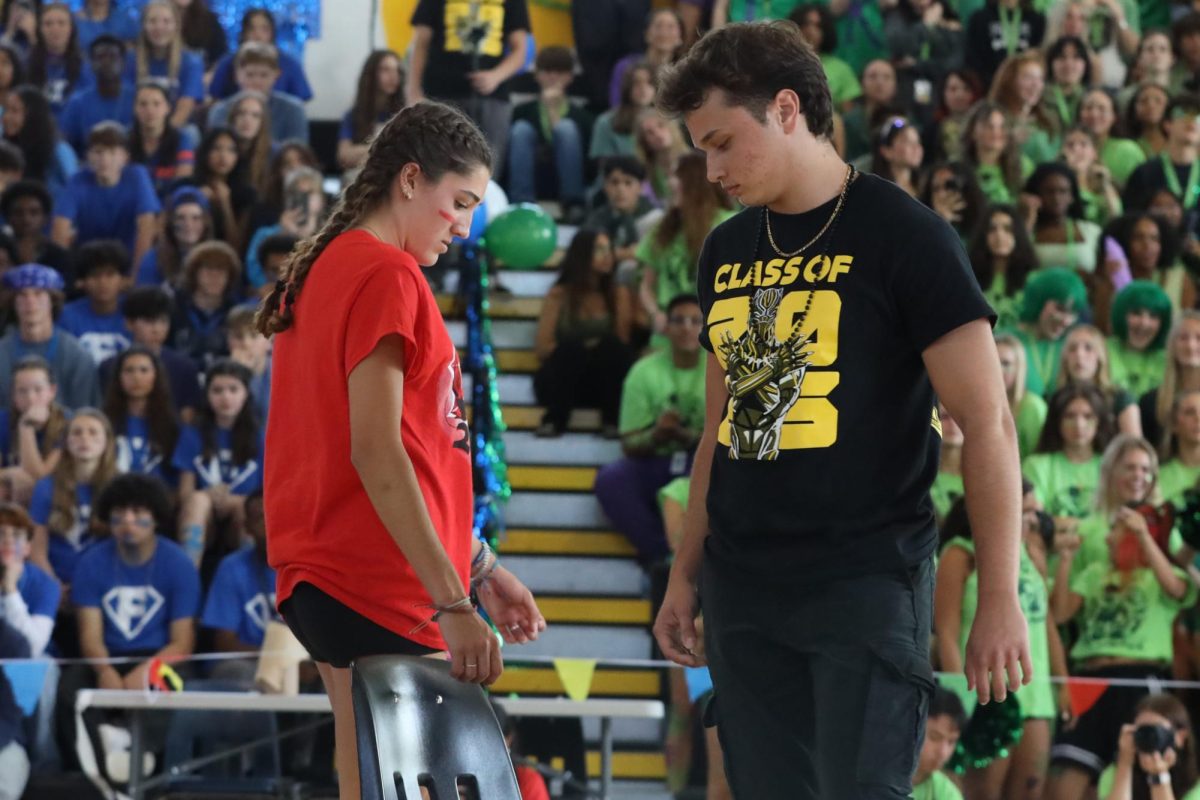

![[BRIEF] The Muse recognized as NSPA Online Pacemaker Finalist](https://www.themuseatdreyfoos.com/wp-content/uploads/2025/03/IMG_2942.jpeg)
